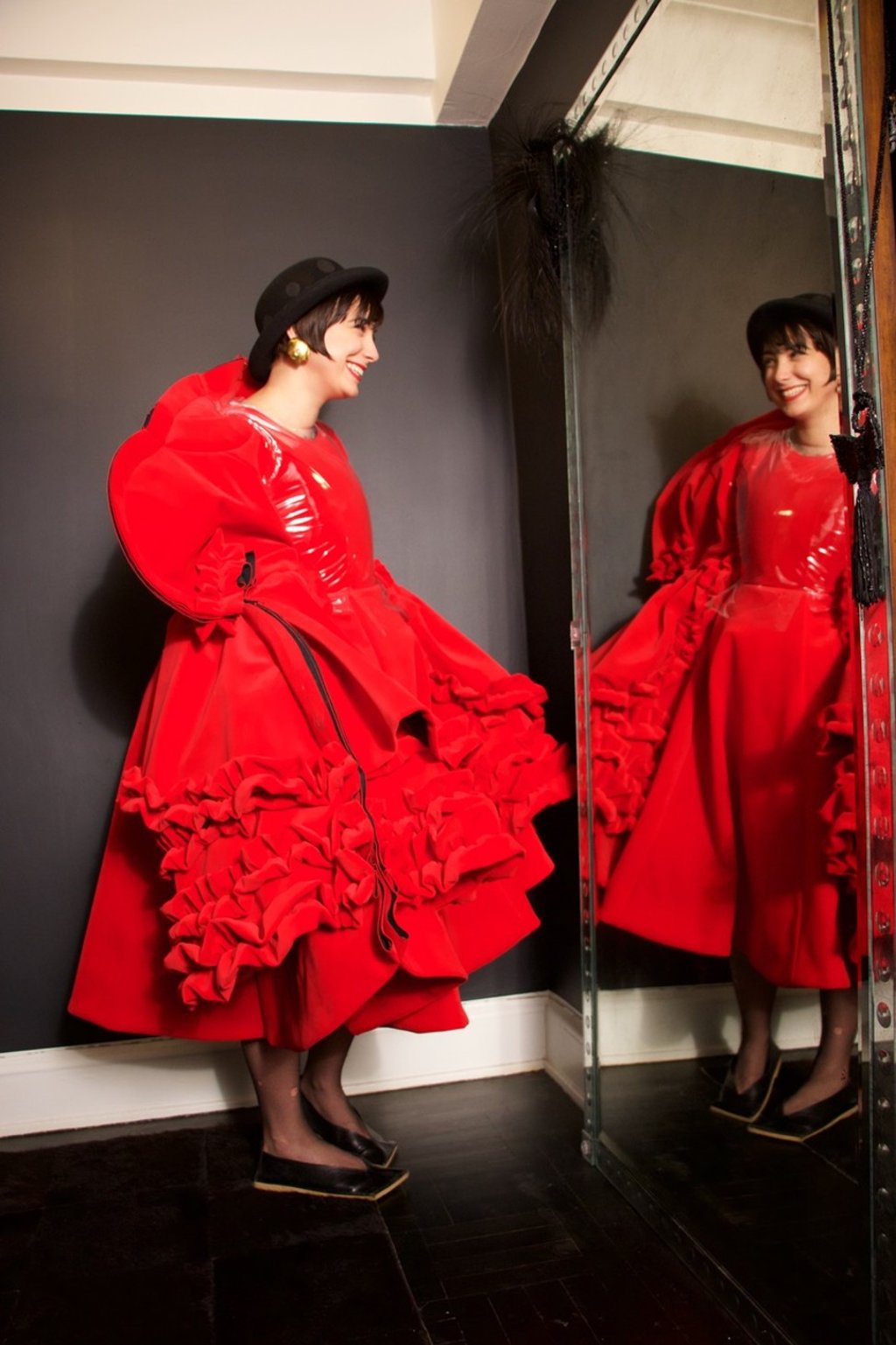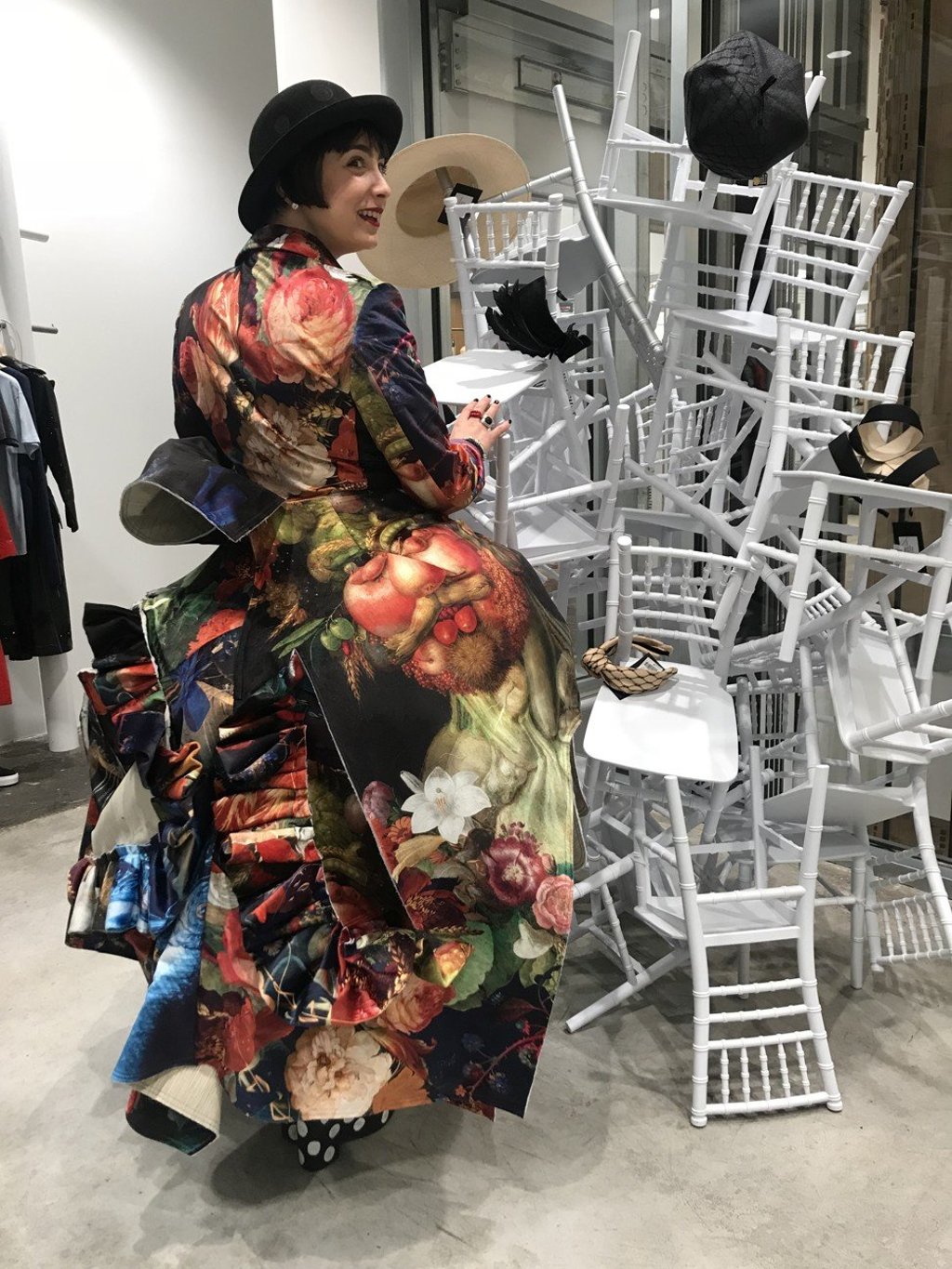Are social media influencers ‘walking advertisements’ who signify the slow death of style?

Fashion journalist Katherine Zarrella laments the lack of creativity and individuality among influencers, whose task it is to sell because they are paid to wear certain brands
Fashion journalist Katharine Zarrella cuts a striking figure; her daily wardrobe consists exclusively of Comme des Garçons and vintage Alaia.
And unlike influencers, who are paid to wear certain brands, Zarrella only wears pieces that she owns.
“I think influencers are walking advertisements. They signify the slow death of style,” says Zarrella, referring to a controversial 2016 comment from American Vogue’s Sally Singer.
“I appreciate it from a marketing perspective, but from a fashion perspective and an integrity perspective I … do not enjoy influencers.”
Zarrella believes the influencers are not to blame – they’re just taking advantage of a moneymaking opportunity. It’s simply the state of the marketplace and our culture.
Influencers work to create an emotional connection with their followers, and that is what the brands are after, but Zarrella finds that they lack distinction. “One particular thing sells for one brand and then another big brand will piggyback on that, so all these kids start looking the same. There’s not a lot of creativity involved.”
People follow influencers because they put forth the image of having glamorous lives, albeit paid for by brands, travelling, attending fashion shows and parties with celebrities.

